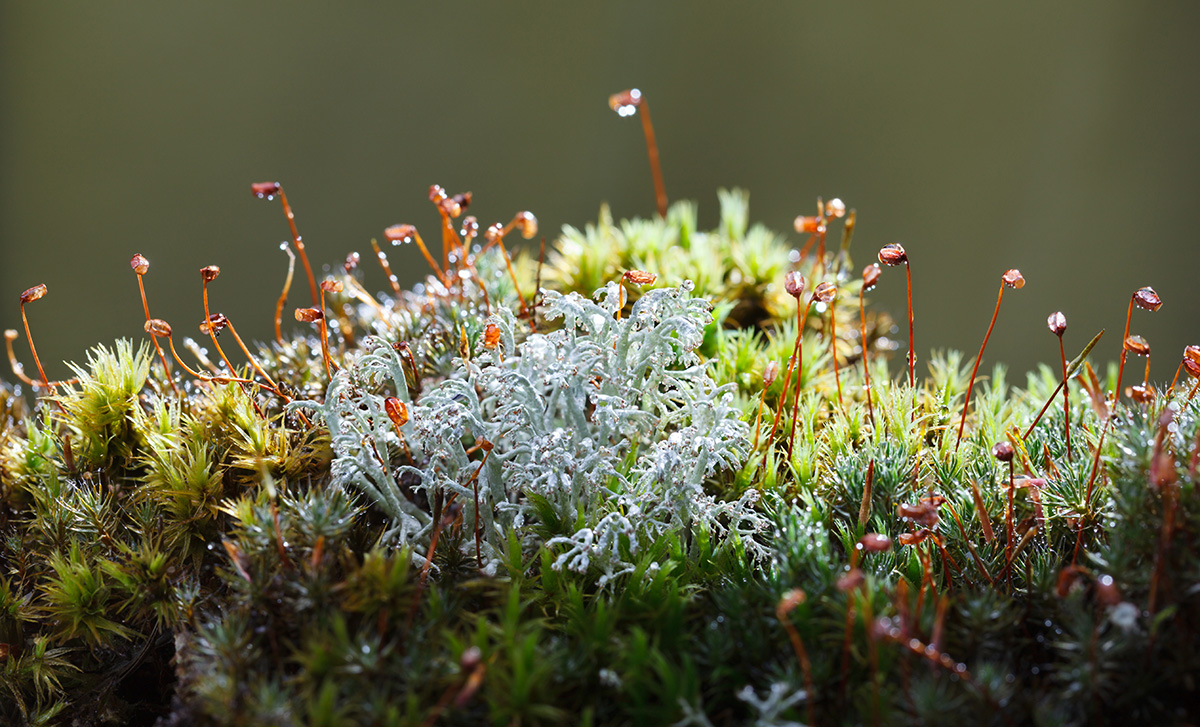Intertwined Biosphere
Foregrounding humanity’s embeddedness in the Anthropocene biosphere
Ensuring a sustainable and dignified life for all on planet Earth can only be achieved with an advanced understanding of how humanity is intertwined with the biosphere. By investigating empirical evidence of embeddedness, we aim to foster an intertwined understanding of the Anthropocene biosphere in science, policy, and practice.
There is a dynamic interplay between the living biosphere and the broader Earth system. Life in the biosphere has evolved with the basic building blocks of planet Earth like the water, carbon, nitrogen, and other biogeochemical cycles. Life is framed by and dependent on the climate system, the global atmospheric circulation, jet streams, atmospheric rivers, water vapour and precipitation patterns, the spread of ice sheets and glaciers, soil formation, upwelling currents of coastlines, the ocean’s global conveyer belt, the distribution of the ozone layer, movements of the tectonic plates, earthquakes, and volcanic eruptions.
However, life is not only a passive adapter to these conditions but shapes the biosphere-Earth system dynamics, like global precipitation patterns through forests or climate regulation through the ocean sequestering of heat and carbon dioxide. In this sense, life contributes to shaping the conditions for life on Earth. It is the complex adaptive interplay between living organisms, the climate, and broader Earth system processes that generates suitable living conditions on Earth.

The biosphere has existed for about 3.5 billion years. Modern humans (Homo sapiens) have effectively been around in the biosphere for some 250 000 years. Since those days, we have been part of this complex adaptive interplay and actively shaped the biosphere, from hunter-gatherers, to farmers, and now as an urbanized population of a globalised world.
Particularly since the mid-1900s, the cumulative human culture has accelerated and rapidly expanded to such an extent that our species has become a significant global force affecting the operation of the Earth system and its biosphere at the planetary level. This is novel and unusual and has placed humanity in the Anthropocene, a new global trajectory challenging the resilience of the biosphere-Earth system interplay and the wellbeing and even survival of civilization as we know it.
In the new reality of the Anthropocene biosphere, systems of people and nature are not just linked but intertwined, and truly intertwined across temporal and spatial scales. As a matter of fact, social conditions, health, culture, democracy, power, justice, equity, matters of security, and even survival are interwoven with the Earth system and its biosphere in a complex interplay of local, regional, and worldwide interactions and dependencies. There are new findings and insights waiting from investigating the world as intertwined and embedded in the living planet and the major challenges and opportunities facing humanity as part of the Anthropocene biosphere.

